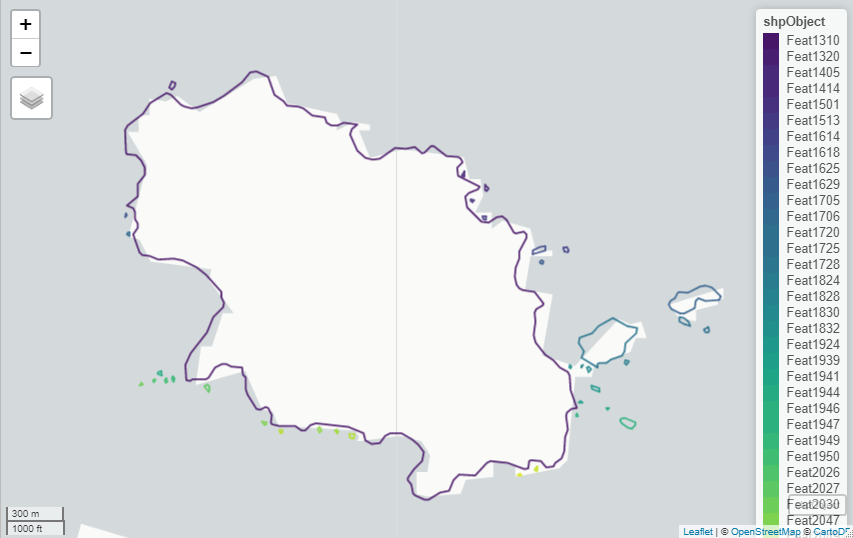
The hardware and bandwidth for this mirror is donated by dogado GmbH, the Webhosting and Full Service-Cloud Provider. Check out our Wordpress Tutorial.
If you wish to report a bug, or if you are interested in having us mirror your free-software or open-source project, please feel free to contact us at mirror[@]dogado.de.
The goal of rLFT is to assist users in extracting data from linear features and shp files. This is accomplished with the help of the sf package and by utilizing linear referencing. Linear referencing gives us a way to collect data as points on a line rather than using (x,y) coordinates. We can then use measurements along features to locate these points. This method of collecting data has a wide variety of applications and can be used in various ways. For more information on linear referencing see ArcGIS’s definition
You can install the released version of rLFT from CRAN with:
install.packages("rLFT")This is a basic example:
library(rLFT)
## Loading in data from shp file. If you want to use your own shp file
## use the sf library function st_read("directory of desired shp file").
## For more information on the sf package see: https://cran.r-project.org/web/packages/sf/index.html
# data("shpObject")
outputTable <- bct(shpObject, 50, 100)
#> user system elapsed
#> 0.04 0.00 0.05View the resulting data from “bct()” of the first 10 rows:
head(outputTable, 10)
#> RID StepSize WindowSize RawConvexity ConvexityIndex Sinuosity
#> 1 1 0 100 28.549 0.571 0.635
#> 2 1 50 100 -18.641 -0.373 0.578
#> 3 1 100 100 -19.891 -0.398 0.625
#> 4 1 150 100 24.944 0.499 0.623
#> 5 1 200 100 2.458 0.049 0.501
#> 6 1 250 100 9.879 0.198 0.512
#> 7 1 300 100 -4.640 -0.093 0.513
#> 8 1 350 100 -6.607 -0.132 0.553
#> 9 1 400 100 -19.972 -0.399 0.600
#> 10 1 450 100 -1.041 -0.021 0.517
#> Midpoint X Midpoint Y
#> 1 354048.5 1226757
#> 2 354045.2 1226806
#> 3 354010.6 1226834
#> 4 353967.2 1226824
#> 5 353935.4 1226862
#> 6 353907.5 1226904
#> 7 353898.0 1226953
#> 8 353879.9 1226997
#> 9 353853.1 1227031
#> 10 353803.7 1227031If you want to view the entire table use:
View(outputTable)Here is a map view of the sf Object that was used to get the above data (accessed using the mapview library):

These binaries (installable software) and packages are in development.
They may not be fully stable and should be used with caution. We make no claims about them.
Health stats visible at Monitor.